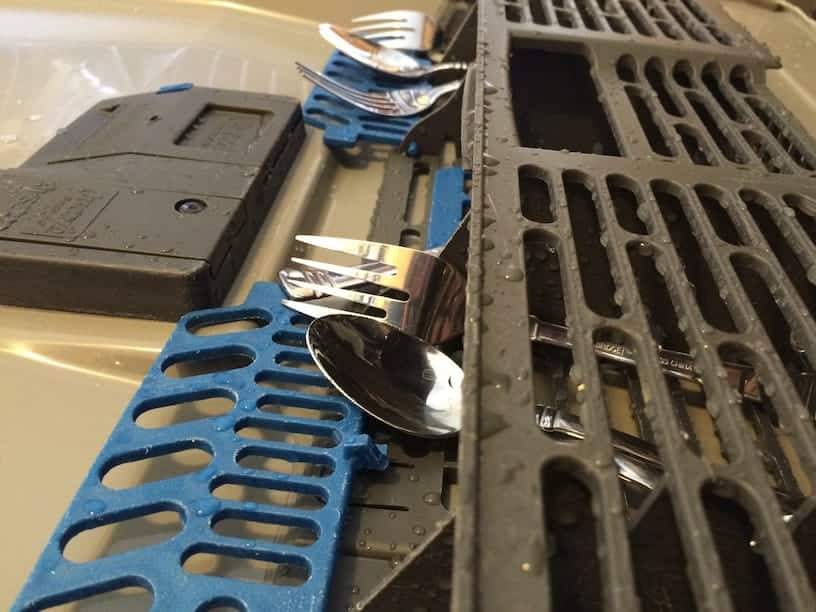Are you a willy-nilly washer or a dedicated dish sergeant? Chances are you do a decent job of this daily chore, but the tips below may help you make even better use of the most popular appliance in your kitchen. And, really, any way we can make washing the dishes easier is a win.
The dishwasher debate: rinse or no rinse?
This debate used to be a hot one, but we’re happy to clear it up. Unless your dishwasher is older than you are, you don’t need to put clean dishes in a dishwasher. The average dirty plate just needs to be scraped and added to the bottom rack; rinse or soak only the plates with have burnt or glued-on food. Use your best judgment (and a decent rubber scraper), and you’ll save water, time, and energy by loading those dirty dishes right into a machine that is fully capable of handling it.
A note before you go all in
Not everything belongs in the dishwasher. Wooden utensils, soft metals, good knives, stemware, and most cookware should be washed by hand, even if it says dishwasher safe. Today’s dishwasher detergents can be unkind to many metals and coatings, and the high heat and high water pressure in modern dishwashers can be too much for utensils made of natural materials.
The low-down on loading
Before you load your dishwasher, take a look at the water jets, which are most likely located on the top and bottom of the inside of your machine. Understanding how the water gets directed during the wash and rinse cycle will help you arrange the dishes.
Another note: Like most home appliances, dishwashers run more efficiently when they are full.
Request An Estimate
Best way to load the dishwasher: the bottom rack
When loading the bottom rack, keep taller items around the perimeter so they don’t block the water flow. The dirty side of cookie sheets, cutting boards, and large dinner plates should face toward the center. As you rack up the plates, alternate between small and large to help the water jets get where they need to go. Your dirtiest dishes should always be in the center.
Best way to load a dishwasher: the top rack
The top rack is your gentle rack, best reserved for glasses and plastic. Away from the heating element and the more forceful jets, the top rack is designed for your delicates, so don’t overcrowd it. Glasses shouldn’t touch each other; if possible alternate between plastic and glass or allow enough room between them so that they can move and not clink. The same rules apply here; place your dirtiest dishes in the center.
Best way to load the dishwasher: the silverware basket
Usually located in the door or on the bottom rack, the silverware basket is positioned to get the full force of the water jets, so don’t let anything get in its way. Place sharp knives in pointed down, for safety’s sake. The other utensils can go in up or down, as long as they won’t have the ability to nest into each other.

A note on soap
Follow the directions on your dishwashing detergent container. You’re going to feel like the amount they recommend can’t possibly be enough. Trust them. If they wanted you to burn through the product faster so you’d buy more, they would have done it differently. Too much soap can leave spots and residue on dishes, making them feel dirtier than when you first loaded them. Also, keep your rinse agent reservoir full, especially if you have hard water.
Press the right button
Admit it. You press “Heavy Wash” every time. It just feels right, right?
Wrong.
Your dishwasher has several settings for a reason, and most of them are geared toward conserving energy and water (read: money and time). If you are a rinser (and you know who are because you totally didn’t agree with the first part of this blog), then you should always choose the lighter settings on your dishwasher. It will get them clean, we promise. The same goes for the heated dry settings. For those of you who like the productive hum of a dishwasher while you sleep, you can forgo the energy it takes to dry your dishes with heat as they will have a few hours to dry on their own before you open it back up.
Did these tips help you? Do you have more to add? We’d love to hear from you in the comments below.










